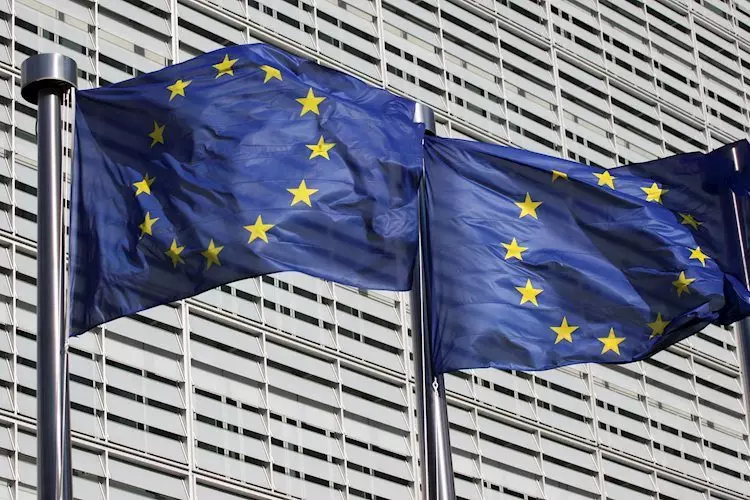Recent data released by Eurostat reveals a significant uptick in Eurozone retail sales, which increased by 2.9% year-over-year in September. This figure outperformed market expectations, which had anticipated a more modest growth of 1.3%. Notably, this growth follows an upward revision for August, which saw a 2.4% rise. These numbers not only indicate a robust consumer spending climate within the Eurozone but also suggest resilience amid ongoing economic uncertainties.
When examining month-over-month metrics, the Eurozone’s retail sales also showed impressive performance, climbing by 0.5% in September. This growth exceeded the expected 0.4% increase and was slightly above August’s revised figure of 1.1%. These consistent monthly gains paint a positive picture for the retail sector, indicating a willingness among consumers to spend and engage with the market, despite various economic pressures.
Despite the upbeat retail sales data, the Euro did not respond as one might expect — the EUR/USD pair was trading 0.21% higher at 1.0750 at the time of reporting, but the gains appeared muted. This reaction prompts further analysis of the market’s expectations and sentiments. Investors might be considering broader economic indicators beyond retail sales, such as inflation rates, central bank policies, and geopolitical factors that could be influencing currency movements.
The robust retail sales numbers could suggest a rebound in consumer confidence, yet they occur within a complex economic framework characterized by inflationary pressures and a cautious central bank stance. With the European Central Bank (ECB) navigating tight monetary policies to counter inflation, the interplay between retail performance and economic policy will be critical in the coming months. While a surge in retail sales may provide a temporary sense of optimism, it could prompt further discussions about sustainability and the potential need for adjusted monetary policies.
As the Eurozone grapples with burgeoning retail sales figures, the upcoming months will be telling for both consumers and the broader economy. The festival of consumerism demonstrated by a 2.9% increase in retail sales may well signal a new trend in economic recovery, but it also raises questions about the long-term implications for inflation and currency strength. For investors and policymakers alike, understanding the factors driving increased consumer spending will be crucial as they prepare for what lies ahead in the ever-evolving economic landscape.

